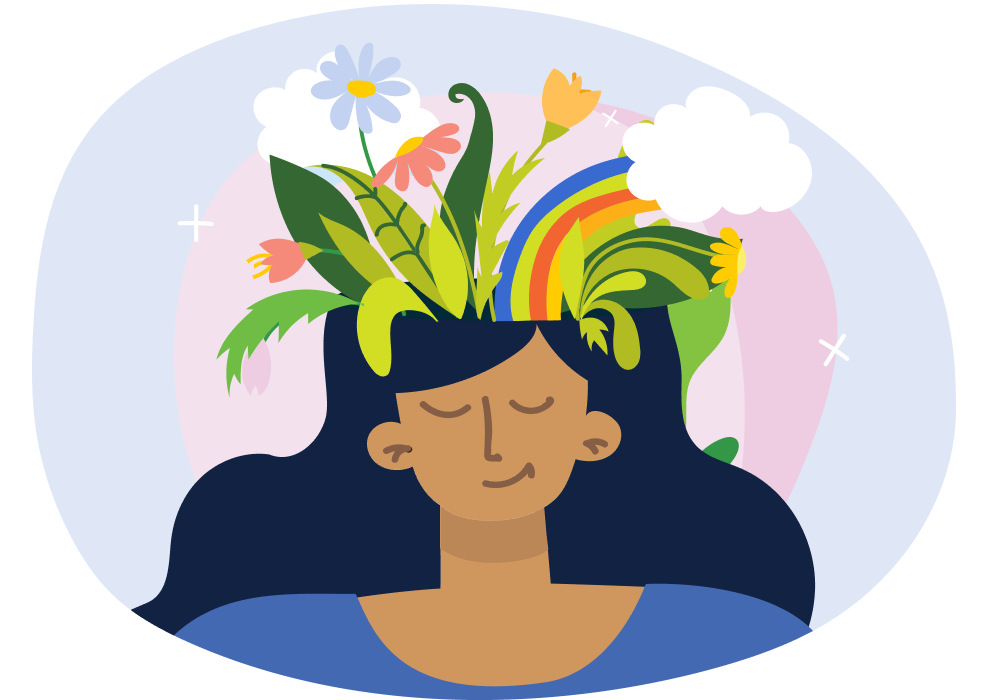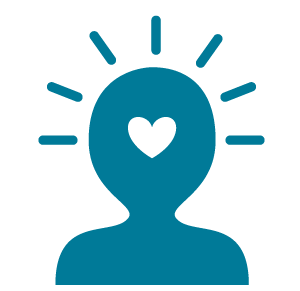The Difference Between Hope and Optimism

Some of the people who have done the best have been downright pessimistic about the outside world, but they’ve paid less attention to external circumstances and focused more on what they could do to persevere.
There’s a word for believing you can make things better without distorting reality: not optimism, but hope.
Optimism often isn’t the best way to improve your well-being. The research shows that hope is a far more potent force. We can all get better at it as we work toward recovering from the pandemic, and benefit from our improved skill for the rest of our lives.
People tend to use hope and optimism as synonyms, but that isn’t accurate.
Hope and optimism can go together, but they don’t have to. You can be a hopeless optimist who feels personally helpless but assumes that everything will turn out all right. You can be a hopeful pessimist who makes negative predictions about the future but has confidence that you can improve things in your life and others’.
Much of the research that has linked optimism and human thriving collapses the distinctions between optimism and hope. But netting out the two concepts tends to show different levels of benefit. One study in the journal Psychological Reports showed that although both optimism and hope drive down the likelihood of illness, hope has more power than optimism in doing so.
The Catholic nun and mystic Teresa of Avila believed that hope comes from will and commitment. Religious or not, we can all learn from Teresa’s assessment and commit to increasing our hope for a better life and future by taking the following steps.
1. Imagine a better future, and detail what makes it so.
When you feel a bit hopeless, start changing your outlook. Say, for example, that the city you live in and love is struggling with the problem of homelessness, and more and more of your neighbors are finding themselves without shelter.
Rather than basking in the glow of a fictitious city and leaving it at that, make a list of the specific elements that will have improved; for example, more affordable housing, better public policy and regulation, or more attention to substance abuse and mental-health needs.
2. Envision yourself taking action.
If you leave things at Step 1 and thus convince yourself that better times lie ahead, you will have engaged in optimism, but not yet hope. Envisioning a better future will not, on its own, make it so. But it can help the world when it changes our personal behavior from complaint to action. Thus, the second step in this exercise is to imagine yourself helping in some plausible way to bring about a better future, albeit at the micro level.
3. Act.
Take your grand vision of improvement and humble ambition to be part of it in a specific way and execute accordingly. Follow through on your ideas to help at the person-to-person level. I recommend trying two or three, because your first idea could likely prove unworkable or unrealistic.
Your specific action might feel like an exercise in futility, because it is so small. Your little way will change your heart and perhaps infect the hearts of others, especially when they see the effect that practicing hope and love has on you.
Excerpted from “The Difference Between Hope and Optimism” in The Atlantic. Read the full article online.
Source: The Atlantic | The Difference Between Hope and Optimism, https://www.theatlantic.com/family/archive/2021/09/hope-optimism-happiness/620164 | Copyright (c) 2021 by The Atlantic Monthly Group
A screening can help you determine if you or someone you care about should contact a mental health professional. CHC teletherapy services are available now. Call or email our Care Coordinators at 650.688.3625 or careteam@chconline.org to set up a free 30-minute consultation appointment.





